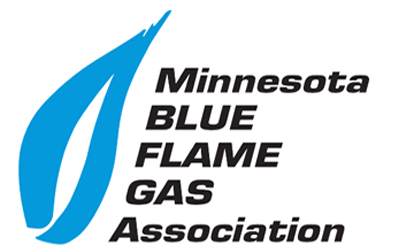Natural Gas Vehicle (NGV)
Basic Terminology
Natural Gas – is an odorless, nontoxic, gaseous mixture of hydrocarbons – predominantly methane (CH4). Because it is a gas, it must be stored on-board a vehicle in either a compressed gaseous or liquefied state.
NGV – Natural Gas Vehicle – a vehicle that runs on natural gas.
CNG – Compressed Natural Gas – is typically stored in a tank at a pressure of 3,000 – 3,600 pounds per square inch in a compressed gaseous state.
LNG – Liquefied Natural Gas – is super-cooled and stored in its liquid phase at -260 degrees F in special insulated tanks.
GGE* – Gas Gallon Equivalent – Natural Gas is sold in units of gasoline gallon equivalents based on the energy content of a gallon of gasoline.
DGE* – Diesel Gallon Equivalent – Natural Gas is sold in units of diesel gallon equivalents based on the energy content of a gallon of diesel fuel.
“Dedicated” NGV vehicle – a vehicle that runs on only natural gas.
“Bi-Fuel” NGV Vehicle – a vehicle that can run on either natural gas or gasoline.
“Dual-Fuel” NGV Vehicle – a vehicle that runs on natural gas and uses diesel for ignition assist. (Traditionally limited to heavy-duty applications.)
QSR – Qualified System Retrofitter – company certified to do conversions.
* = GGE and DGE measures are used to adjust for the different energy content of CNG and LNG compared to gasoline and diesel so that all fuels can be compared on a common, energy-equivalent basis.

